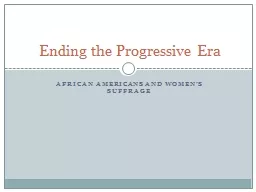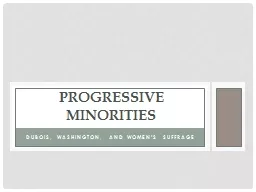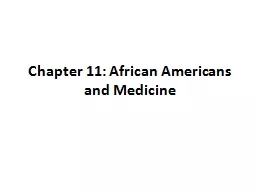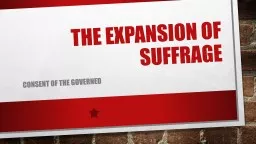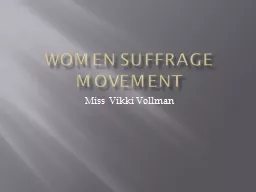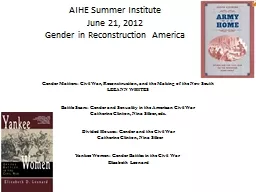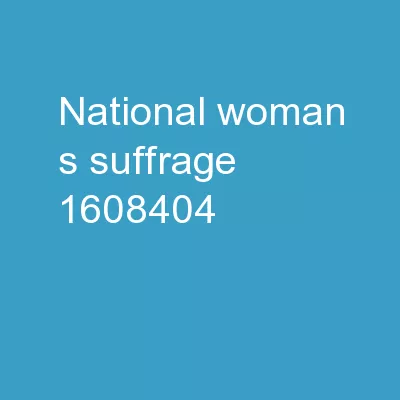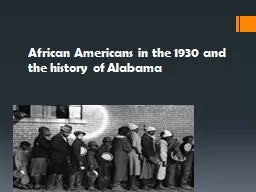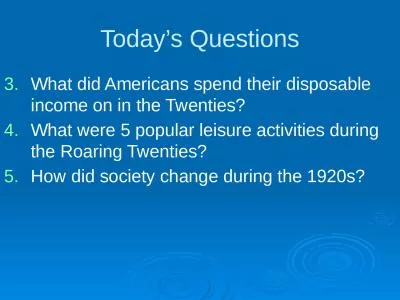PPT-African Americans and Women’s Suffrage
Author : cheryl-pisano | Published Date : 2018-01-08
Ending the Progressive Era Conditions for African Americans Conditions had not seen as much improvement as expected 35yrs after the abolition of slavery In 1900
Presentation Embed Code
Download Presentation
Download Presentation The PPT/PDF document "African Americans and Women’s Suffrage" is the property of its rightful owner. Permission is granted to download and print the materials on this website for personal, non-commercial use only, and to display it on your personal computer provided you do not modify the materials and that you retain all copyright notices contained in the materials. By downloading content from our website, you accept the terms of this agreement.
African Americans and Women’s Suffrage: Transcript
Download Rules Of Document
"African Americans and Women’s Suffrage"The content belongs to its owner. You may download and print it for personal use, without modification, and keep all copyright notices. By downloading, you agree to these terms.
Related Documents

